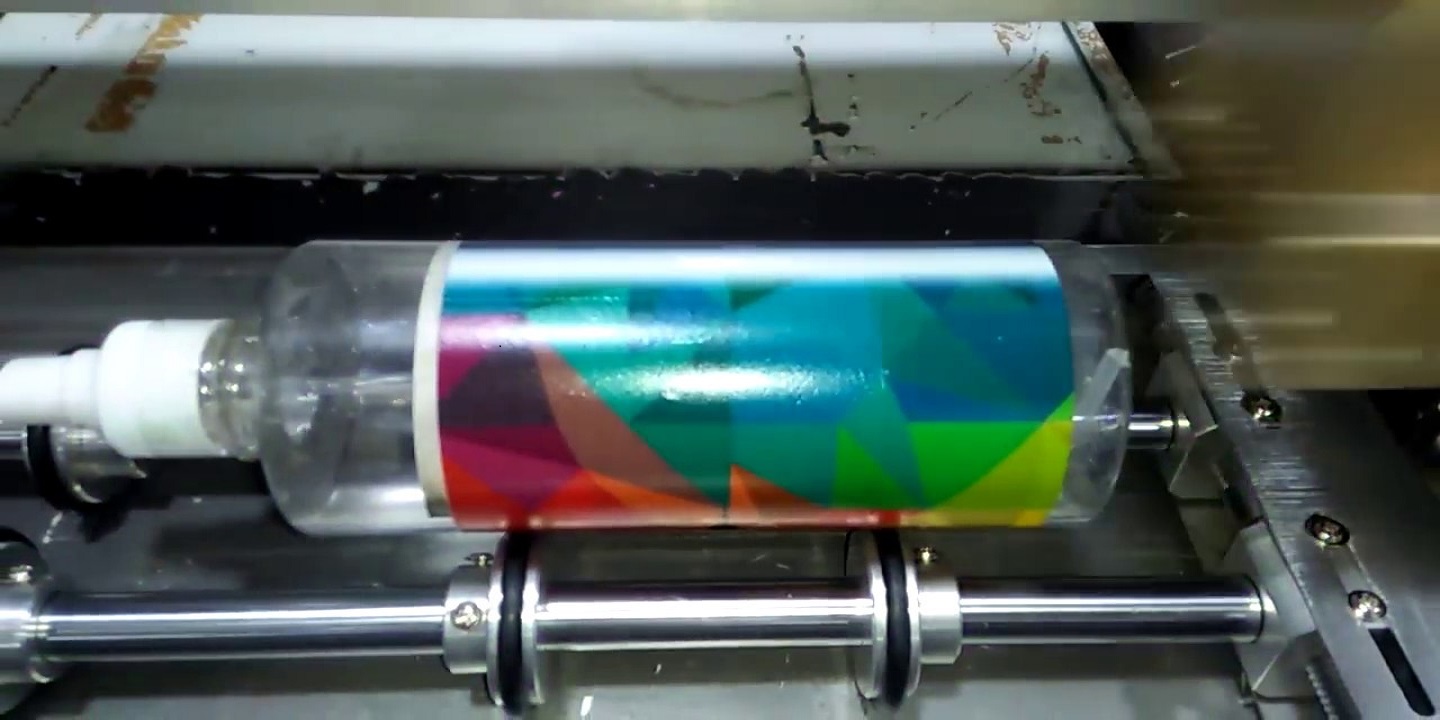

Industry
Pencils Bulk: The Smart Choice for Businesses and Schools
Getting pencils in bulk is a great business opportunity [ ]
Industry
How to Label Your Kitchen for Enhanced Organization and Convenience
Is your kitchen a chaotic mess with ingredients and ute [ ]

Industry
What Does ASTM A135 Grade B Pipe Specification Say?
For Electric Resistance Welded (ERW) steel pipes that t [ ]

Industry
Features and Benefits of Ram BOP Bore Size: 13 5/8″
Oil drilling is a laborious and advanced process to sli [ ]

Industry
ASTM A252 Piling Pipe: Material, Structure, and Performance Analysis
As the demand for stronger and more reliable structures [ ]

Industry
Driving Sustainable Manufacturing: The Environmental Advantages of CNC Machining
In today s world, the call for sustainable manufa [ ]

Industry
Delving into the Heart of Road Construction: An In-depth Study on Asphalt and Concrete Road Milling Teeth
Road milling, an often overlooked but fundamental aspec [ ]

Industry
Forge Car Parts: The Ideal Choice for Enhancing Vehicle Performance
When it comes to optimizing the performance of your veh [ ]

Industry
The ultimate guide to automotive prototyping
Developing high-quality auto parts and components that [ ]

Industry
Choosing between a 2-post and 4-post lift
Choosing between a 2-post and a four-post lift can be d [ ]

Industry
Bottle Printing – Unlocking the Possibilities of Personalization with Bottle printing machine Technology!
When it comes to personalized items, bottle printing is [ ]

Industry
Importance of Using Automatic Shoe Cover Dispensers in Health Facilities.
Worker safety is a fundamental aspect of employment and [ ]